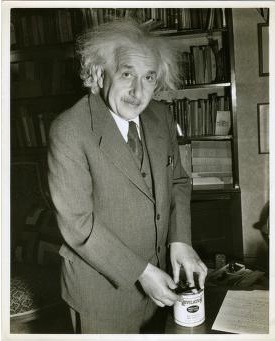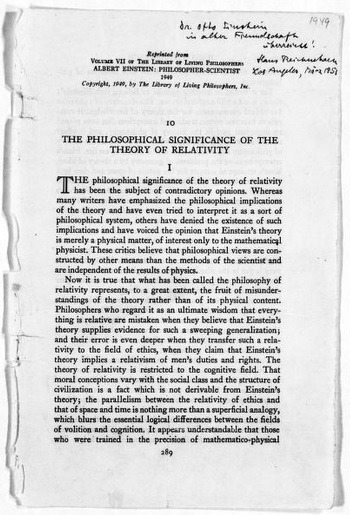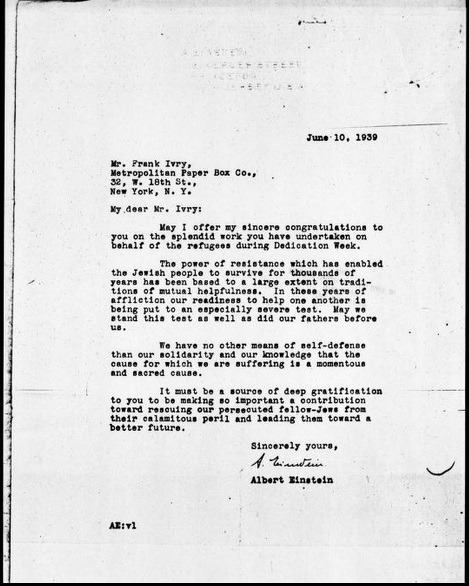Click on the text of the poem above to see an enlarged version for easier reading.
The Buried Woman
by Gertrud Kolmar
–
Gertrud Käthe Chodziesner (10 December 1894–March 1943), known by the literary pseudonym Gertrud Kolmar, was a German lyric poet and writer. She was born in Berlin and died, after her arrest and deportation as a Jew, in Auschwitz, a victim of the Nazi Final Solution. Though she was a cousin of Walter Benjamin, little is known of her life. She is considered one of the finest poets in the German language.
Click here to learn more about Gertrud Kolmar in a comprehensive, engaging encyclopedia entry with resources (from the Jewish Women’s Archive).
Here are some notes on her surviving work from that entry:
“Kolmar was arrested by the SS on February 27, 1943 and deported on March 2, 1943 with the ‘eastern transport’ to Auschwitz. It can be assumed that at the time of her arrest and deportation the Nazis destroyed her personal papers, letters, and documents. The exact date of Kolmar’s death is unknown.
"Kolmar’s surviving work consists of four hundred and fifty poems, three plays, and two short stories that exist as manuscripts or typoscripts. Although much of her work has been published, some of it is also held at the Gertrud Kolmar archives in Marbach, Germany. A three-page resumé and a series of letters to her lawyer Jacob Picard from 1937 to 1939 and to her sister from 1938 to 1943 make up her non-literary writings. Her most poignant letters are those written between 1939 and 1943 to her sister and her niece Sabine in which Kolmar wrote of her suffering under antisemitism. Two surviving letters from 1934 were written to her cousin Walter Benjamin (1892–1940), who described the geographic landscape of Kolmar’s childhood in the Berlin of assimilated Jews in his Berliner Kindheit um 1900 (Childhood in Berlin around 1900). Shortly after the November pogrom, Kolmar had begun sending her most treasured writings to her sister in Switzerland and giving other manuscripts to her brother-in-law, Peter Wenzel (divorced from Hilde in 1942), and to Hilde Benjamin, the wife of her cousin Walter’s brother. After the war Peter Wenzel wrote to various publishing companies, writers, and critics so that a collection of her manuscripts, which he had sent around the world to friends in order to save them from destruction, would be published. Wenzel’s contact with Peter Suhrkamp (1891–1959) led to the posthumous publication of poems Welten (Worlds) in 1947. A second and larger poetry collection was planned for the following year but could not be completed due to a lack of interest and therefore lack of funding. In 1955 Kolmar’s readership grew with poems from her posthumous collection Das lyrische Werk (The Lyrical Work), which was expanded and reprinted in 1960.”
The Leo Baeck Institute here at the Center holds a Gertrud Kolmar collection. This collection is comprised mainly of typescript drafts of a collection of correspondence between Kolmar and Hilde Wenzel, along with some original and photocopied correspondence and family documents. LBI also holds additional archival material related to Kolmar’s work. You can search for Gertrud Kolmar in the collections by clicking here.
Submitted by Renate Evers, Tracey Beck and Michael Simonson, Leo Baeck Institute.





